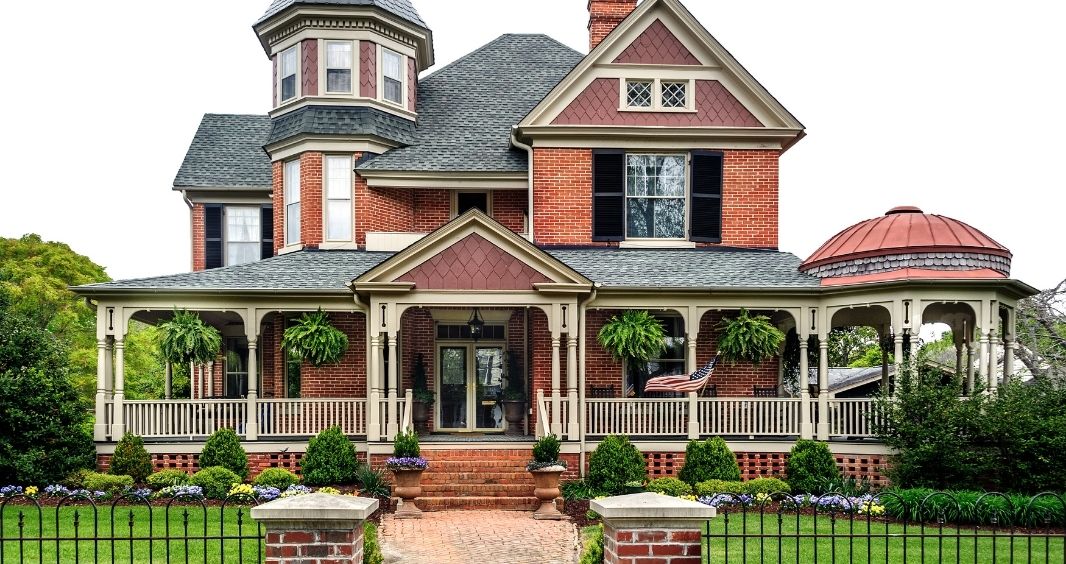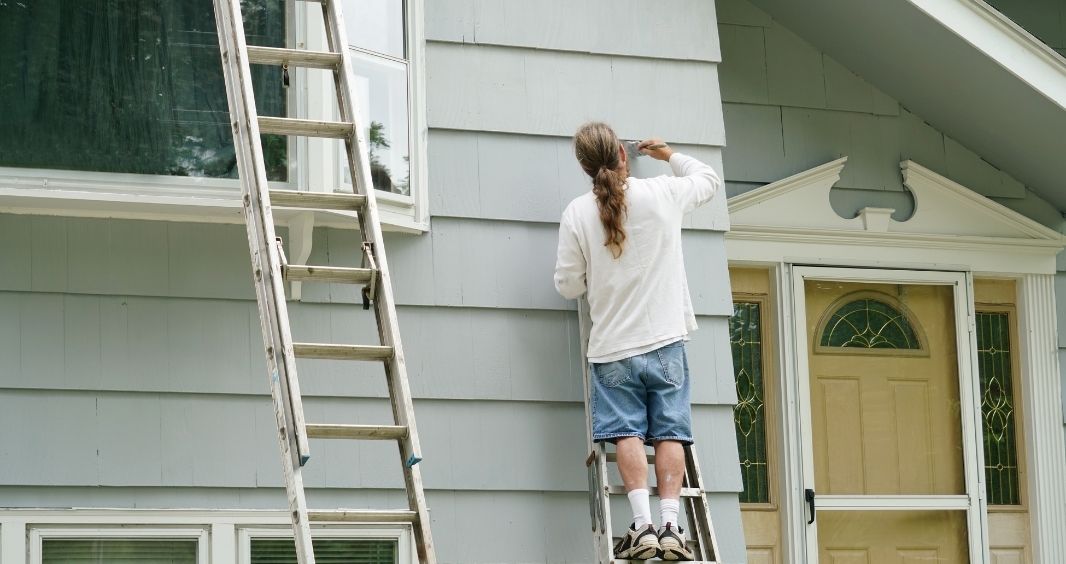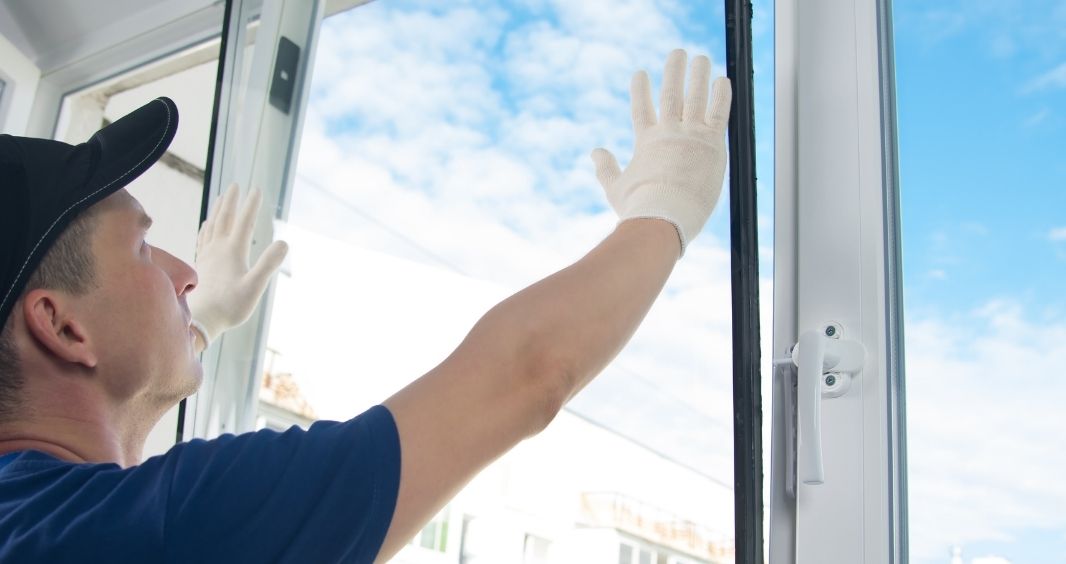
The Ultimate Guide To Flipping a Historic Home
Since the days when HGTV’s infamous house flipping shows first aired, the trend of flipping houses has seen a startling rise. What began in the 1980s as a trend influenced by celebrities soon grew to encourage many people to consider remodeling their home instead of demolishing it and building something new. When this house flipping trend first began, hardware stores began popping up in suburban areas, making it possible for families to build new homes and fix older ones. Learn how you can take part in this trend with this ultimate guide to flipping a historic home.
Start With a Plan
We all enjoy watching others flip homes on TV, especially when it involves renovating breathtaking historical homes to their former glory. However, the house flipping process is never as simple as it seems on TV. For instance, it often takes longer to get the approval to convert a historic home than it does to actually fix it. In many cases, before you can get approval for your project, you need to supply a clear plan that outlines your budget, examines the selected area for the home, and analyzes loans and other available resources.
Set a Budget
Like any renovation project, you need to have a solid budget in place before you can begin flipping a historic home. This budget should account for the essential features you cannot live without in the new home and the features, furniture, materials, and maintenance fixes you are willing to compromise on.
Seek Out Loans or Have Cash Ready
After you find a home, figure out how you’re going to pay for it. If you have cash, ensure that all accounts are ready to go with the right amounts in each account. If financing is something you’re looking into instead, start researching your area for lenders and see which ones will offer pre-approval. A precautionary note for first-time home flippers is that having a loan might look safe, but it won’t help you if you’re in a bidding war for a property.
Analyze Local Real Estate
Every real estate market has potential, and doing your research on profitable areas can make or break your plan for flipping a house. For example, check if the area has good schools, substantial property values, and other factors that will impact the worth of the house post-flip.
Understand the Challenges
With every fixer-upper, there are problems that you won’t see coming. However, view things from a professional standpoint and mentally prepare for these challenges ahead of time. Below are several challenges you may encounter on your historic home flipping journey.
Finding a Good Property
There’s a lot to consider when searching for the perfect property. Unfortunately, we often spend more time daydreaming about finding the ideal house than we do actually making moves to secure that house. Start by scouting out potential areas and search newspapers and real estate websites that have current listings available. Additionally, be wary of viewing properties with rose-tinted glasses. When searching for a decent property, one of the biggest concerns you’ll have to contend with involves the repairs and renovations that come with each house. Consider these repairs realistically and factor their costs into your budget before closing on a sale.
Bumps in the Road
Unfortunately, flipping a house in real life is nothing like it is on TV. Most of the time, you’ll be dealing with bigger issues than standard plumbing or infrastructure problems. Certain unforeseen problems, such as weather and theft, are more common than you’d think. Before you purchase a property, make sure you plan procedures to deal with every worst-case scenario and create an emergency contact sheet to help you out in your time of need.
Make the Interior Historically Appropriate
Before renovating a historic home, it’s essential to understand the history behind the property and what’s appropriate to place inside the home. Begin by assessing the items and fixtures that are already in the house, such as the flooring. When conducting your renovations, try to find flooring (and other fixtures) that match the original pieces in the home. If the original hardwood floors in the home have since become damaged beyond repair, try to replace them with new hardwood floors that are similar in style. This will help retain the original beauty of the home.
It’s okay to bend and break some rules, but make sure you’re maintaining most of the historic home’s character by leaving some of its original flooring or walls untouched. When looking at areas of the house to refurbish, be reasonable and realistic about your approach, as some areas will contain obsolete and inoperable amenities. However, you can use these items as decorations or donate them to a historical society or museum.
Style the Historical Home Based on Type
Historical homes have charm and rich histories; if the walls could talk, they’d drone on for hours about the many faces and conversations they overheard. Historic homes are a blessing for every community. As such, the most important part of renovating a historic home, aside from retaining the history behind the property, is to refurbish the interior and make it as historically accurate as possible without losing the home’s original character. Here’s a quick breakdown of common historical home styles and how you can decorate them.
Victorian Homes
Popular between 1830 and 1910, this style was named for Queen Victoria. Budding architects from England brought the style over to the US to share their talents and help add diversity in housing styles. These styled homes boast features that resemble dollhouses. Victorian homes take on many different styles, two of which are Gothic Revival and Folk Victorian.
When painting the walls of a Victorian home, it’s good to go with deep hues such as red, amber, emerald, and dark brown. Victorian Homes are often dramatic, so consider painting each room in a way that gives off some level of drama.
Foursquare Homes
Foursquare homes were popular between 1895 and 1930. Their cube-like appearance was widespread in urban areas; they were small, but the lots they were on made them feel significant. The Foursquare home was also available as a reasonably priced home kit that you could order and build yourself.
When renovating a home like this, it’s important to note the natural light that pours in through the windows. Choosing paint in neutral or grey-toned pastel colors will help make the home’s interior feel more natural to visitors.
Colonial Revival Homes
This style was popularized from 1876 to 1955 and is found all over the country. Colonial revivals are easy to spot based on their seamless lines that dip down. Colonial revivals were first presented at the US Centennial Exposition in 1876 and quickly became a reflection of American patriotism.
Even though individual colonial revival homes change slightly in style, you can help restore the home’s beauty by adding classic neutrals, such as eggshell white, for finishes on walls. To help balance the neutral colors out in every room, you can also add warmer tones such as soft blush pink or yellow.
Flipping a historic home is a long process, but that shouldn’t stop you from taking it on as your next home rehab project. After you’ve completed every step that you’ve learned from the ultimate guide to flipping a historic home, start looking into the finishing touches, such as touching up the home’s paint. When searching for residential painters in Cumming, contact Bear Mountain Custom Painting. We can enhance the look of your historic home by giving a new coat of paint to every room.





